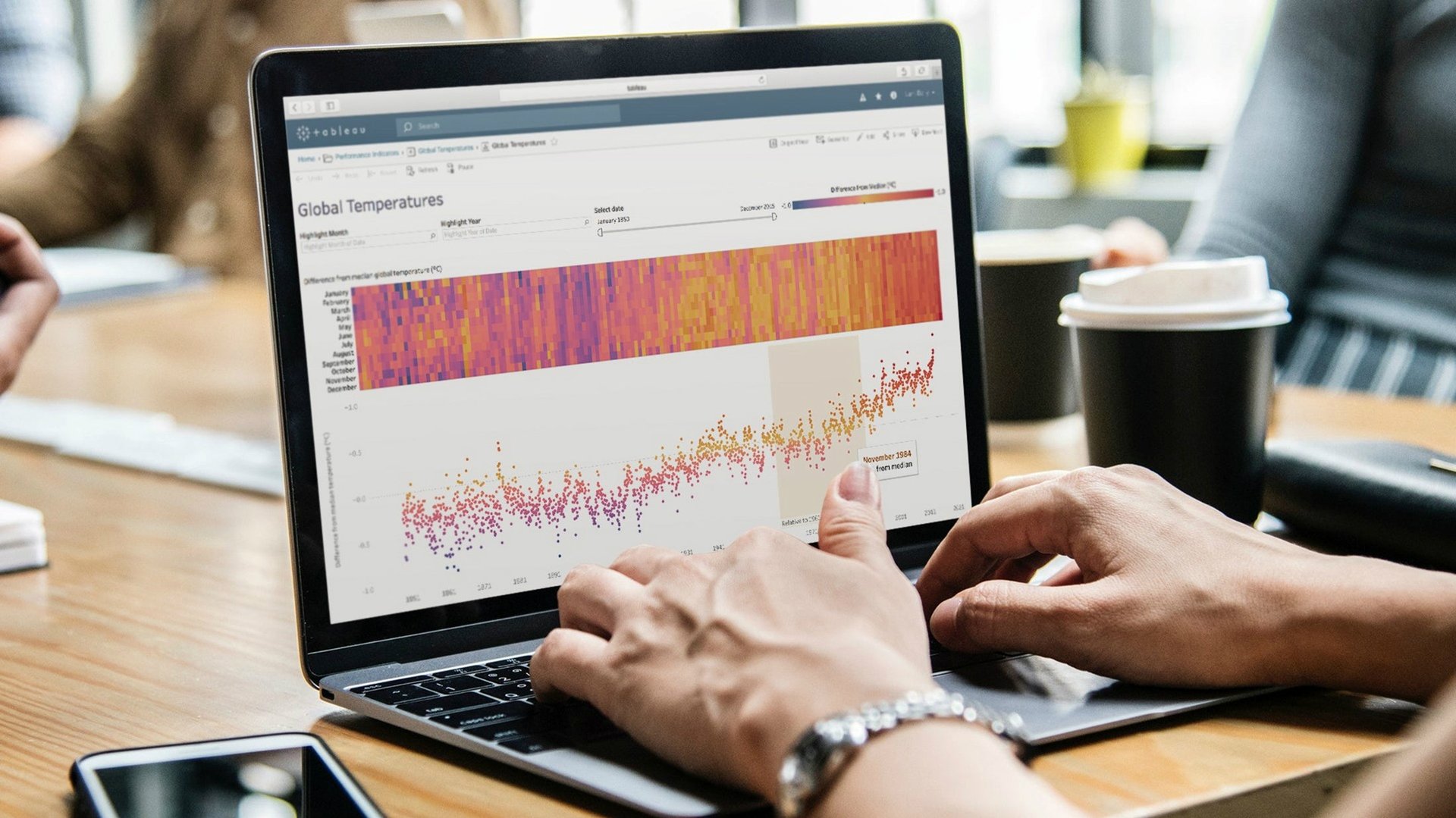The multibillion-dollar sales of Tableau and Looker are a coming of age for data visualization
On June 10, Salesforce purchased data visualization software company Tableau for $15.3 billion. Not that long ago, the idea that a data visualization company would be worth that was hard to imagine.


On June 10, Salesforce purchased data visualization software company Tableau for $15.3 billion. Not that long ago, the idea that a data visualization company would be worth that was hard to imagine.
In the late 1990s, when Tableau was created by computer science researchers at Stanford University, the visualization of data was just going mainstream. Built on the computer coding revolution of the mid-20th century, using charts and graphics to communicate statistical information began to take off in the 1980s and 1990s, as computers and computing power became cheaper. The charting tools in spreadsheet software like Microsoft Excel helped data visualization become a more common feature in business reports and media.
Tableau’s founders—Christian Chabot, Pat Hanrahan, and Chris Stolte—realized that Excel isn’t enough. Companies often want to take all the data they generate, like sales or customer interactions, and be able to process it visually in real time, in an easy and customizable way. Though it is possible for companies to code their own reporting dashboards, Tableau offers an off-the-shelf tool that people can use without a coding background. Data from servers or spreadsheets can be loaded into Tableau to make all different types of charts, maps, and tables.
Salesforce CEO Marc Benioff says that the Tableau purchase will satisfy customers’ demand for better analytics and visualization tools. The purchase comes on the heels Salesforce’s $6.5 billion acquisition last year of Mulesoft, a company that helps connect data across applications. With Tableau and Mulesoft, industry observers think Salesforce is better prepared to compete with IT and business intelligence giants Microsoft and Oracle.
The sale of Tableau for $15 billion and rival Looker for $2.6 billion to Google earlier this month suggests a coming of age for data visualization. It is a recognition that people are often better able to process large amounts of data visually than in other ways, and that the insights from those visuals are worth serious money.